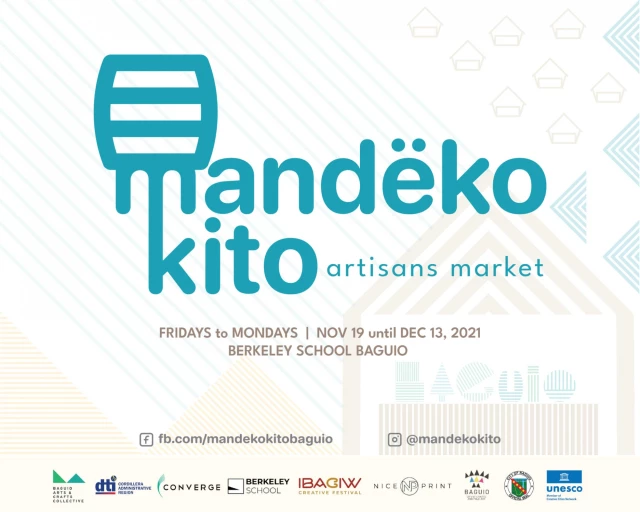

The Barrel Man
Growing up as a Tagalog (Bulacan) and around my very religious grandmother, seeing Baguio's Barrel Man displayed in our sala brings the feeling of discomfort and hiya (shame). My brothers see it as a laughing matter, but I never really got the joke growing up. I remember hiding this souvenir whenever my classmates and neighbors would visit our house in Bulacan because they would usually play with it, especially the boys. It's not until my MA in History that I got interested in arts and crafts. It is only then that I understand that the Baguio's Barrel Man shows more than a Phallic surprise but also the Igorot's craftsmanship, specifically the Ifugaos.
Barrel Man is a wooden sculpture that originally uses Mahogany, it features two faces; a man in a barrel and a man and his penis. There are different theories of its history and origin, some of it are the following:
From the Ijuander Documentary
- In a caption of a model of a Barrel Man in Vincent's Place, Loakan Road, Camp John Hay, City of Baguio, the Barrel Man is Ifugaos' way of protest against the Americans because they do not adhere that the Americans made Baguio as one of their government's headquarters during the American colonization.

-
According to Anabel Solano, a Municipal Tourism Officer from the Municipality of Tuba, Province of Benguet, the Ifugaos that migrated in the Municipality of Tuba, stationed their workshops at Asin Road, now known as the Ifugao Woodcarvers Village. It was implicitly stated that it was the Ifugaos who first made the Barrel Man souvenirs.
-
According to Fr. Marlon Urmaza, the 1980s is the boom of the woodcarving industry in the City of Baguio and Province Benguet, specifically in Tuba. He said that it was the Americans that requested the carving of this souvenir whenever they visit, they would go to the Asin Road, Municipality of Tuba, Province of Benguet, to request a Barrel Man souvenir.
-
According to Prof. Io Jularbal, Head of the Program for Indigenous Cultures in UP Baguio, the Igorots doesn't have a context of a barrel because they do not have and use barrels and that the concept of covering their manhood was never existent to them because they do not have malice to the little to none clothing they have. He also mentioned that the Barrel Man is not associated with the culture and traditions of the Ifugaos or even the whole of Cordillera.
-
According to Karlo Antamonte, an Artist based in the City of Baguio, the Barrel Man could have been a commission craft from a client.
Filipinoknow.net/ FilipinoKnow (facebook)
I was not able to find online the Philippine Daily Inquirer's article about Kidlat Tahimik's research about the Barrel Man. So, I'm just going to attach here a picture of their article. This article was used as a source by several other online articles such as Esquiremag.ph and timonscabansi.com


barrelman.ph
This particular source is the most interesting one among the repetitive articles online. It has a Q/A section about the Barrel Man and pictures of Barrel Man and Woman from other countries. Though it was not specifically mentioned/answered on the website, I think it is safe to assume that the man/woman behind this website is a collector of Barrel Man. What I find really fascinating is that knowing that there are BarrelMan in other countries makes all the difference regarding its origin and history.






I know that I wasn't able to give an answer to the question of what was the history or origin of Barrel Man, but I believe that I was able to get you hints of what are the better questions to ask and where to look for them. And more than these stories and myths, I think what was evident is that the Igorot's capability in woodwork is not just superb but also world-class.
Other points:
-
In the Tuwali language, one of the Ifugaos languages, paot means to carve wood. Ifugaos having a word for carving signifies that it is a typical skill for them and not an influence from the colonizers.
-
In several articles and videos online, they called the woodcarvers munpaot, but I can't seem to find this word in any Ifugao dictionary. This got me thinking that maybe wood carving is not a 'specialized profession' like the mumbaki (a traditional religious practitioner) in which one is supposed to be trained from childhood. And this supports my statement at number one (1), carving is a typical skill for the Ifugaos.
Furthermore, upon researching, I found out that the word mun in the Ifugao language is a circumfix that encodes the concept of distributing an action or activity over time, space, or participant. Therefore it should be Mun'paot and not munpaot.
If you want to know more about Arts and Crafts in the Cordilleras, please visit the following pages:





















